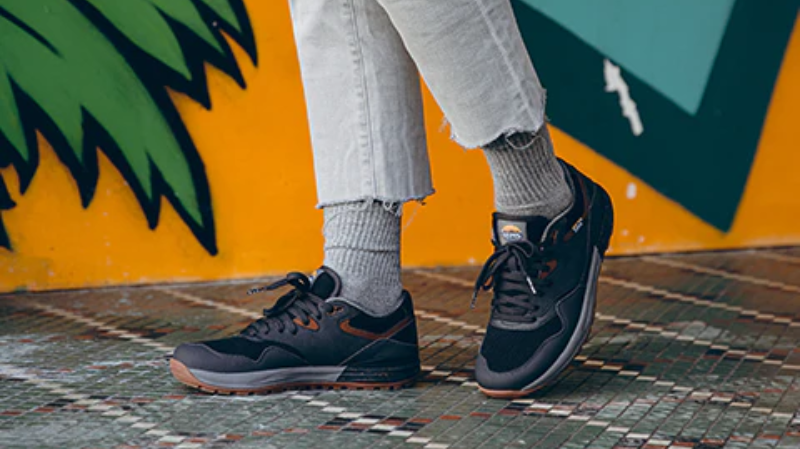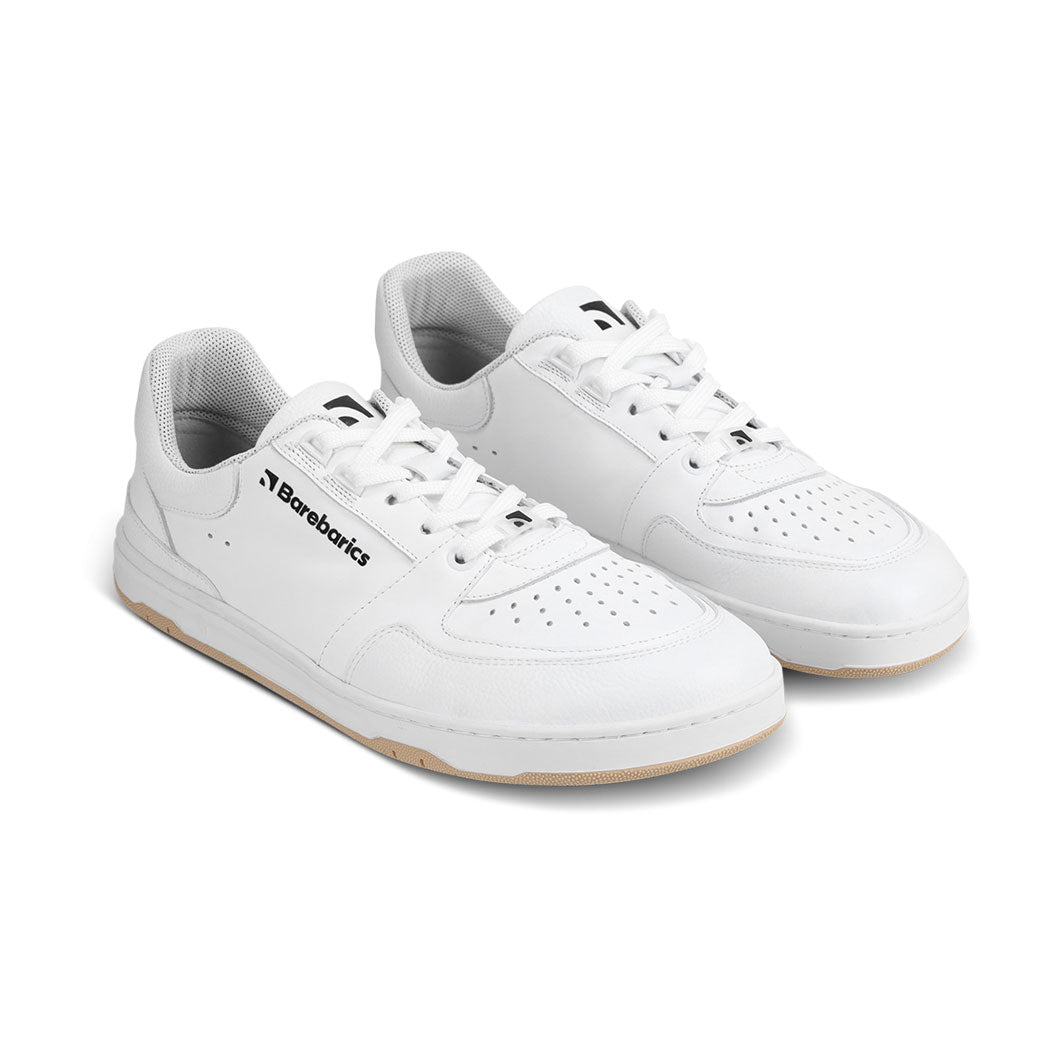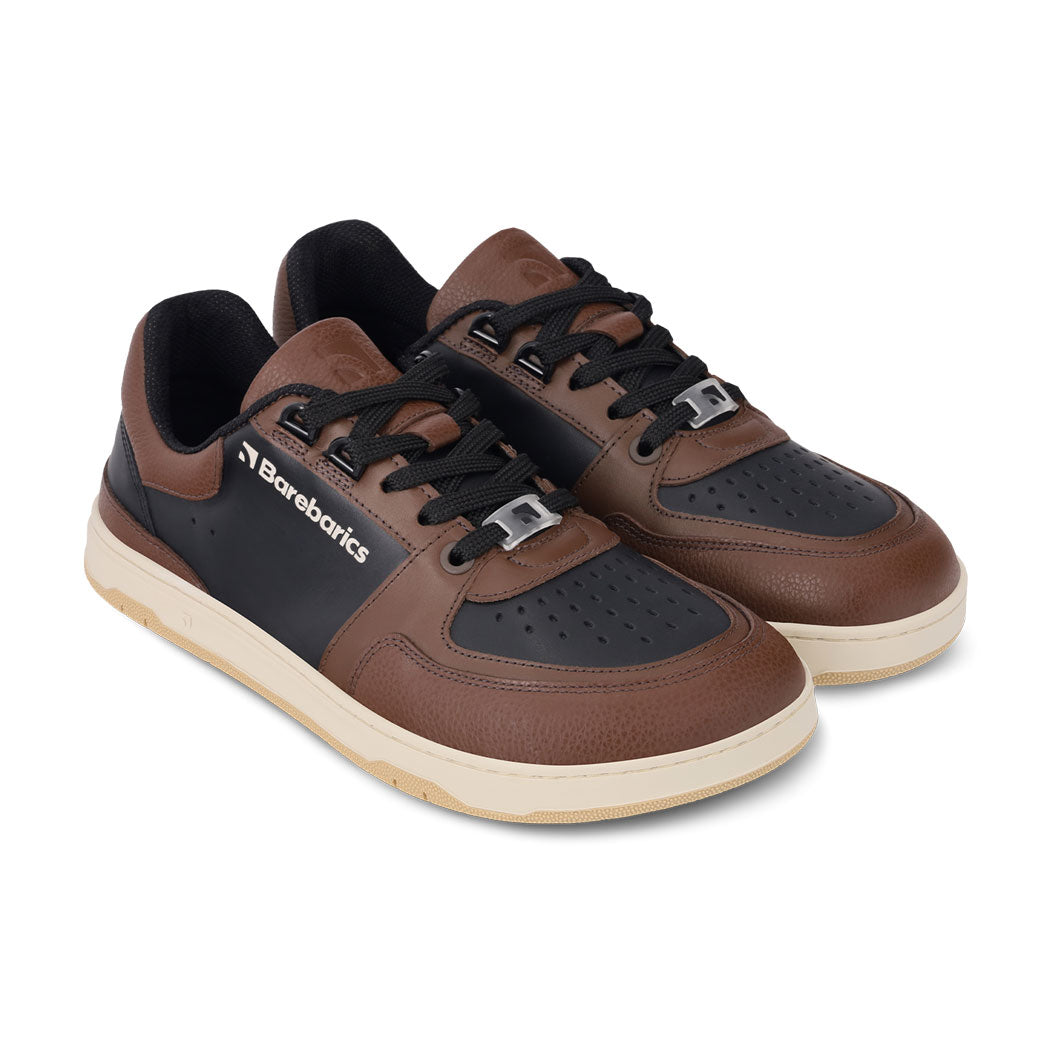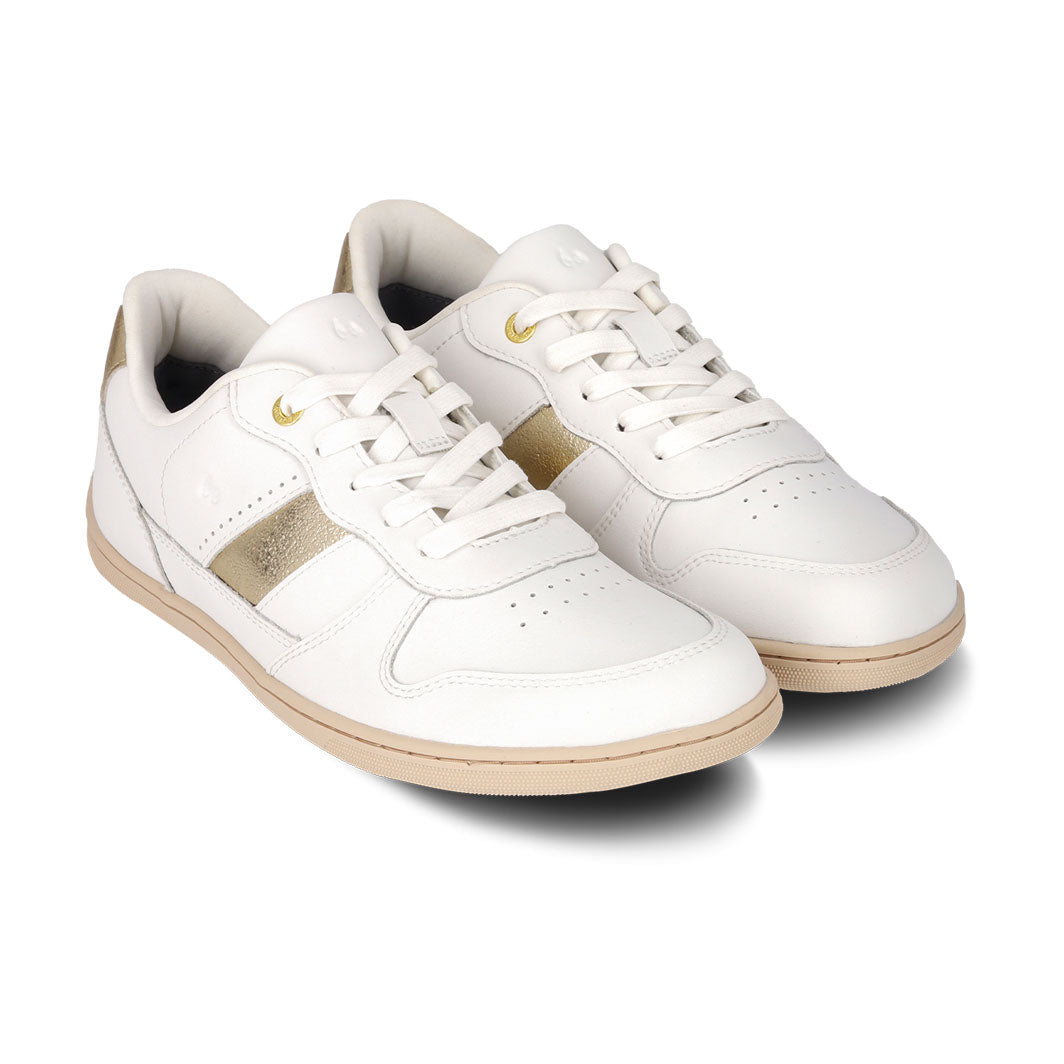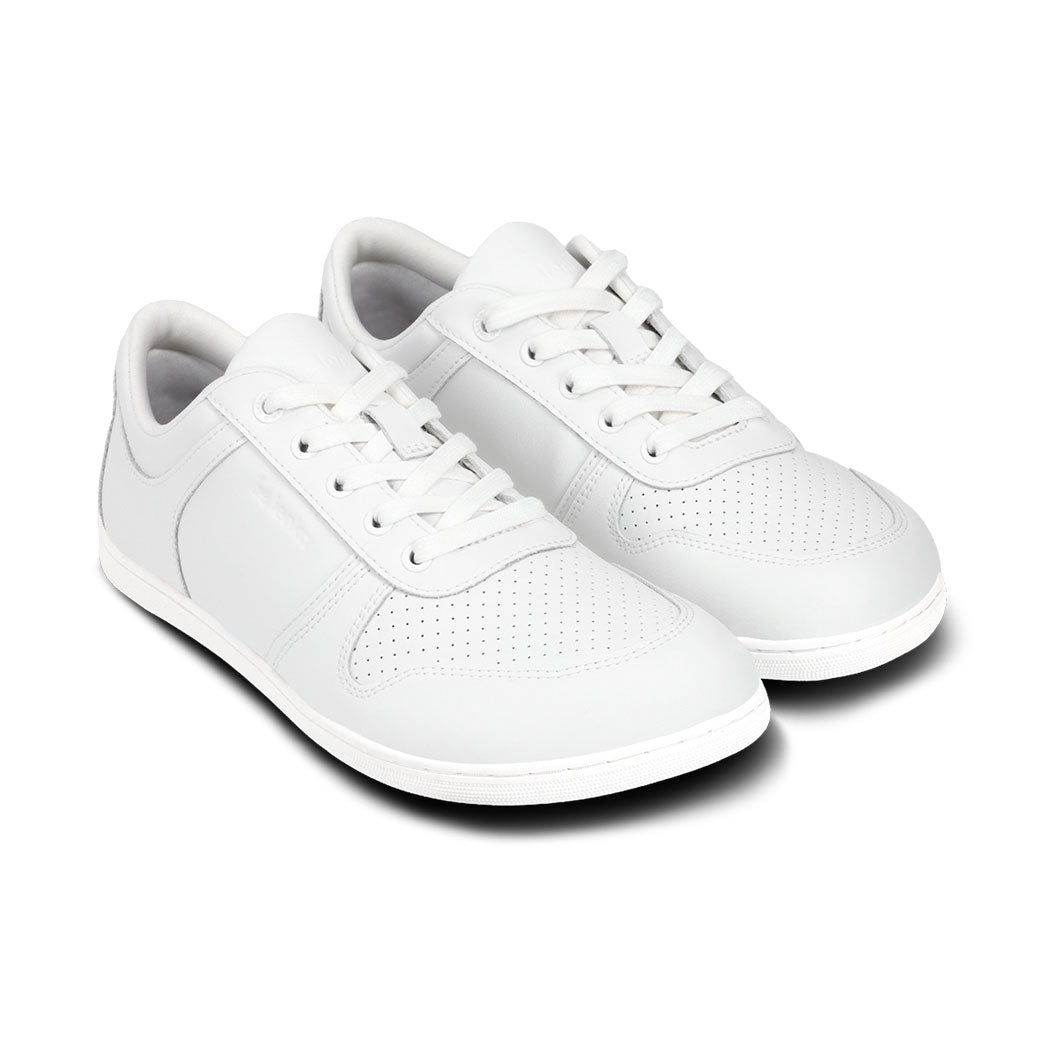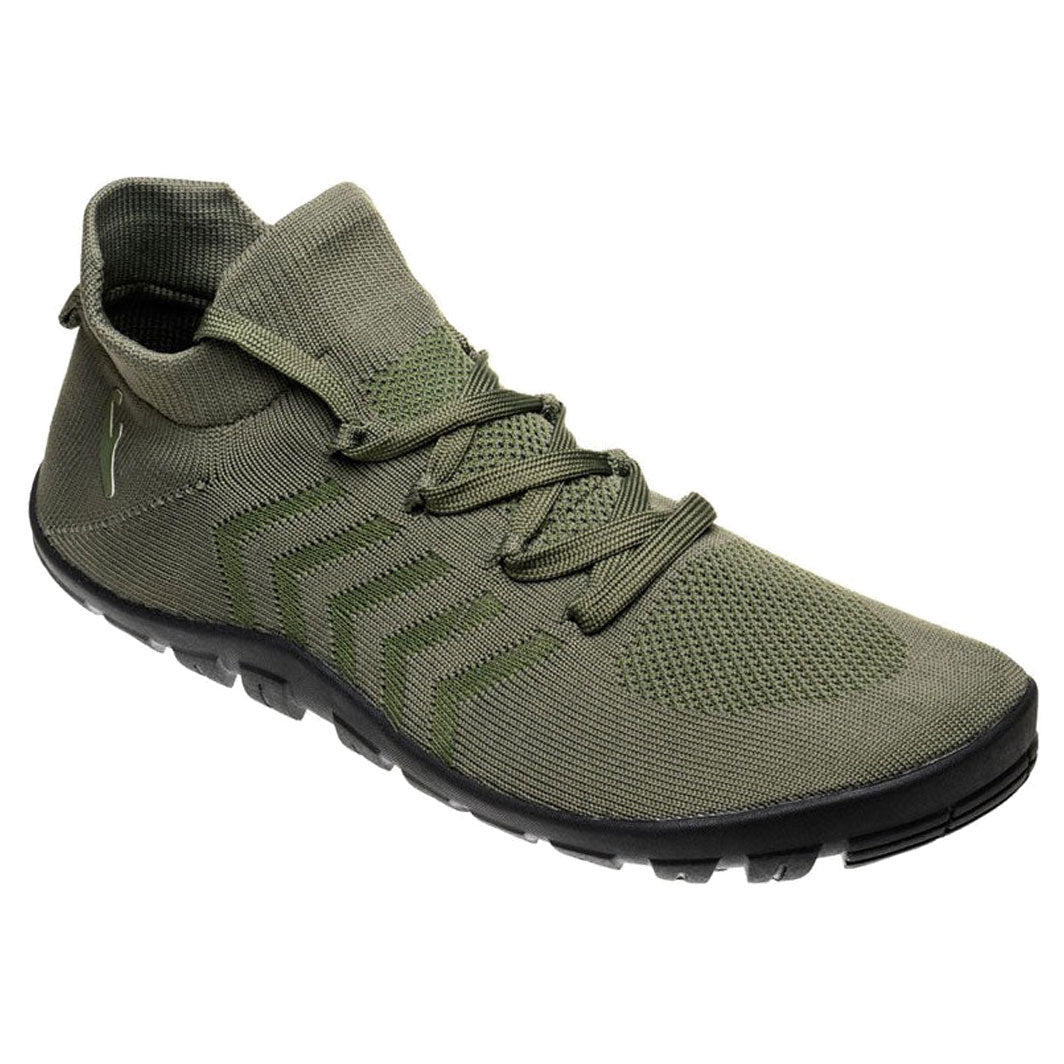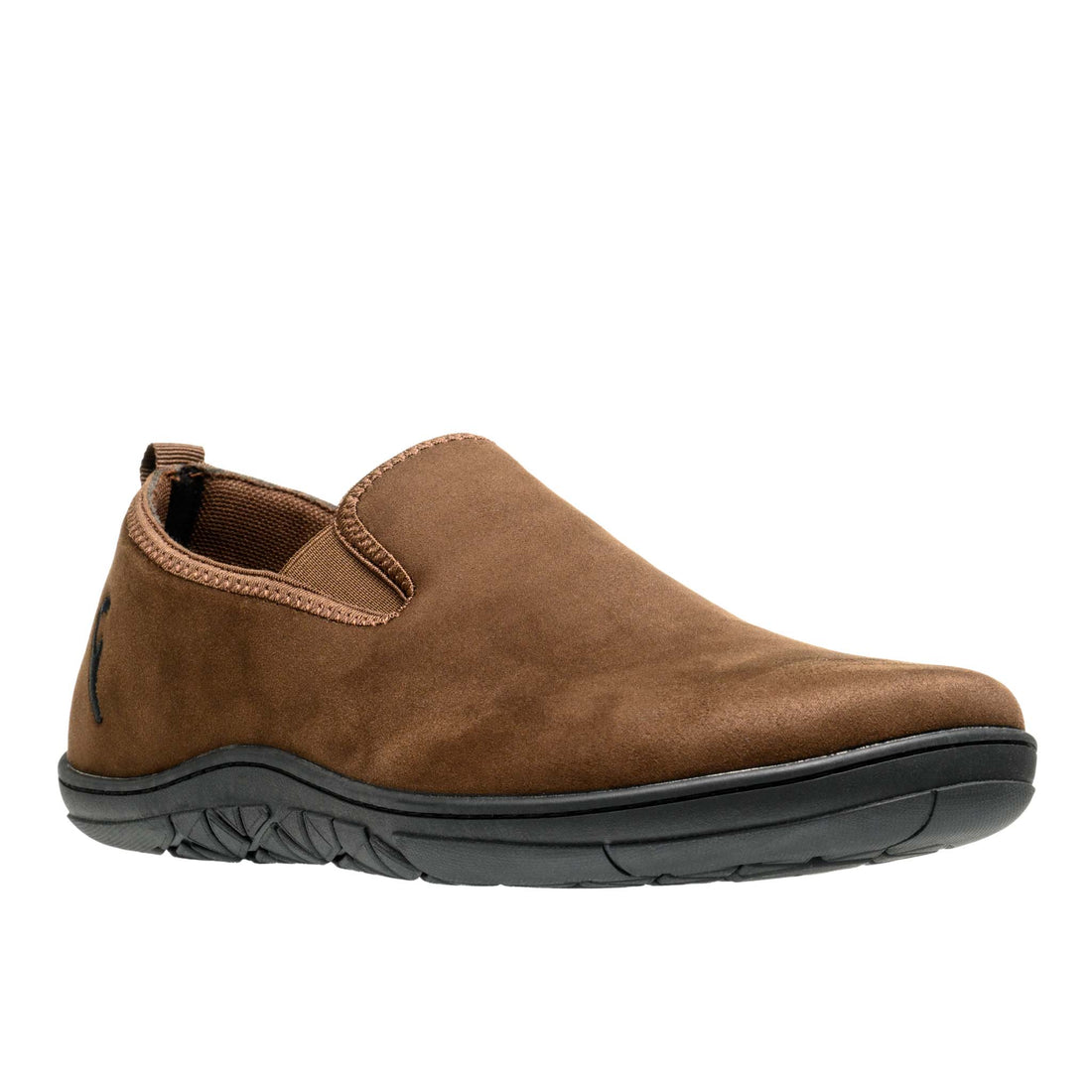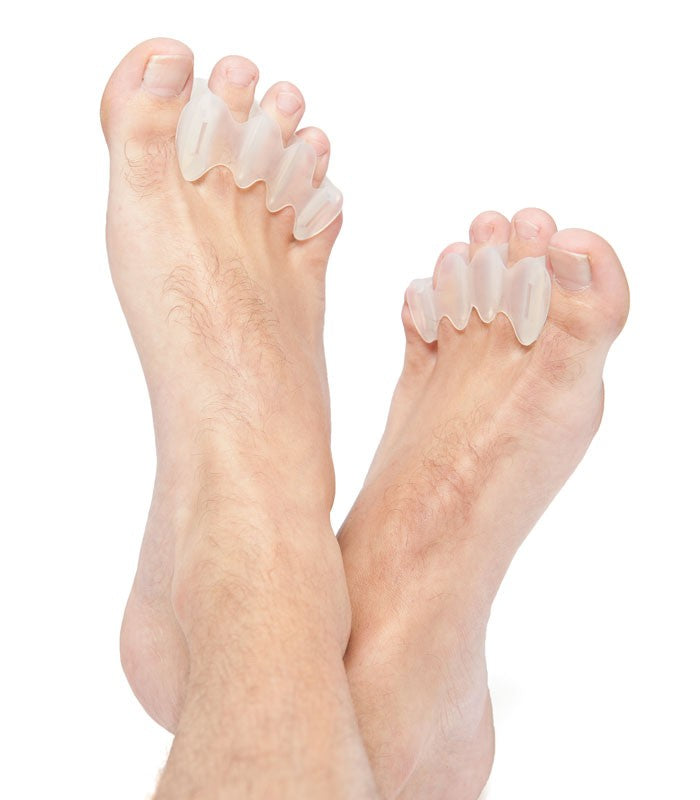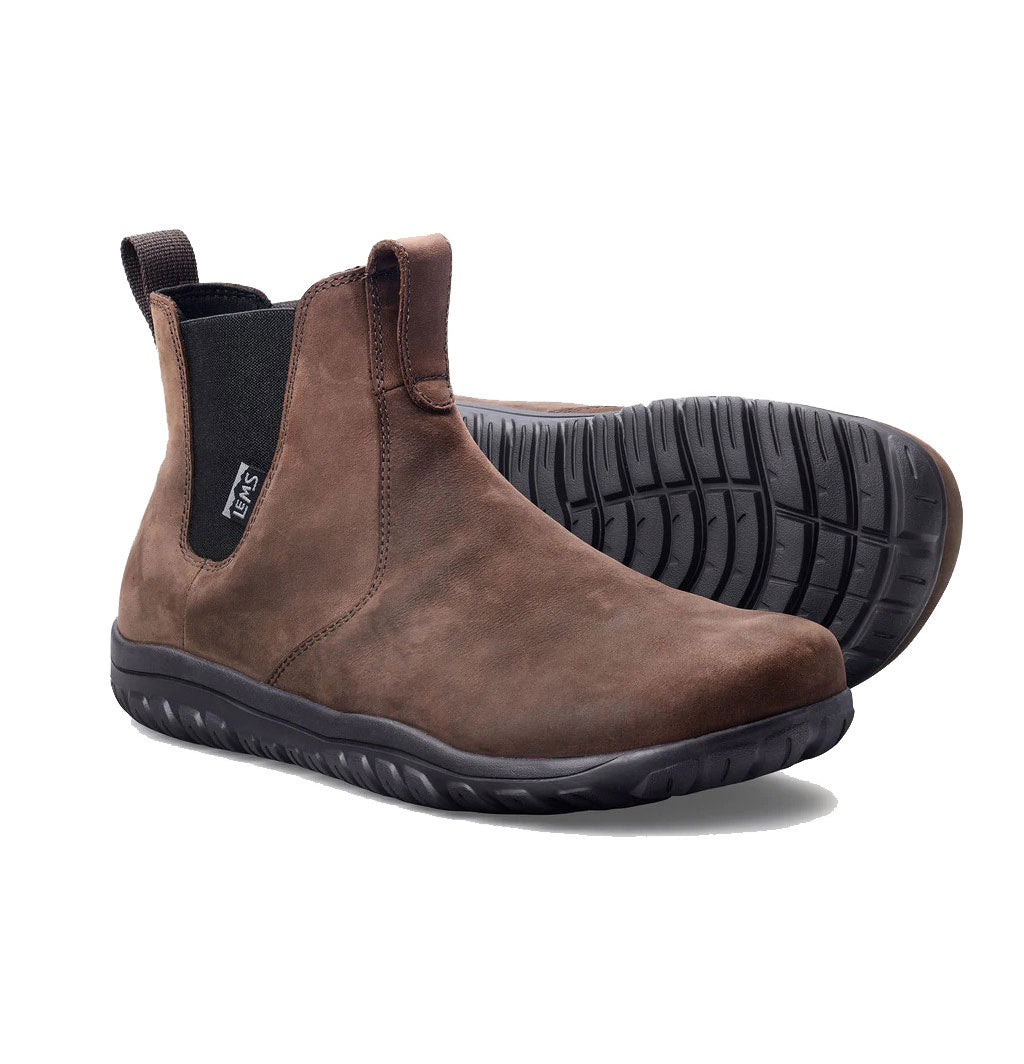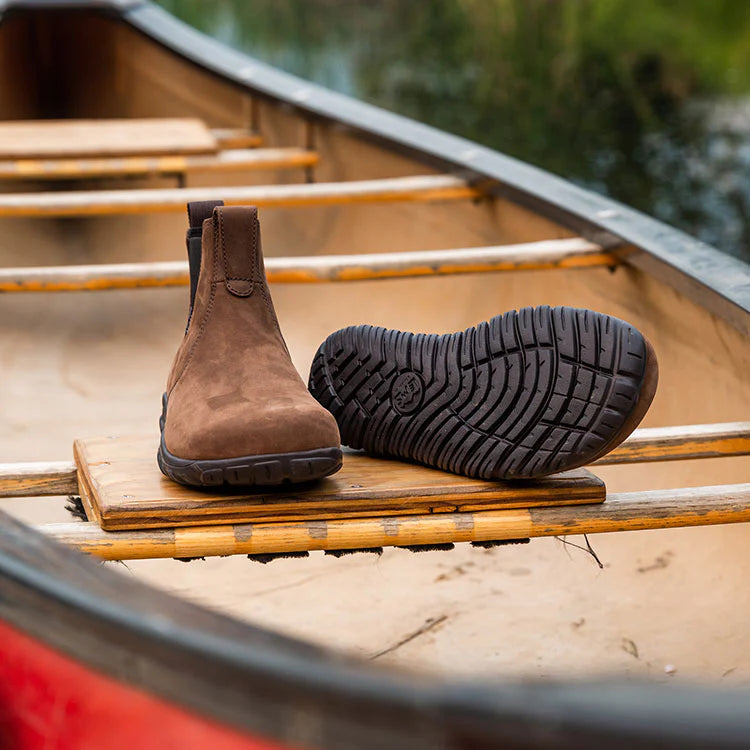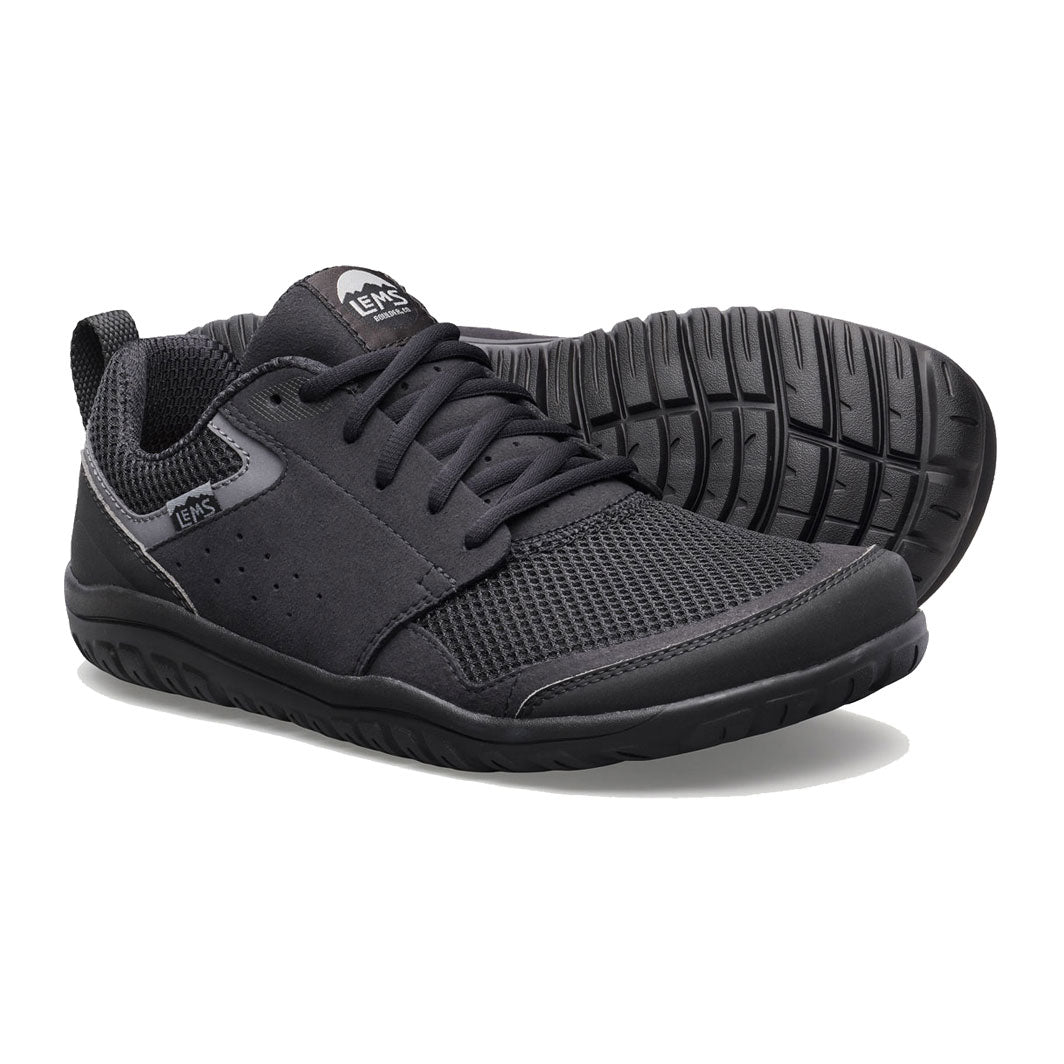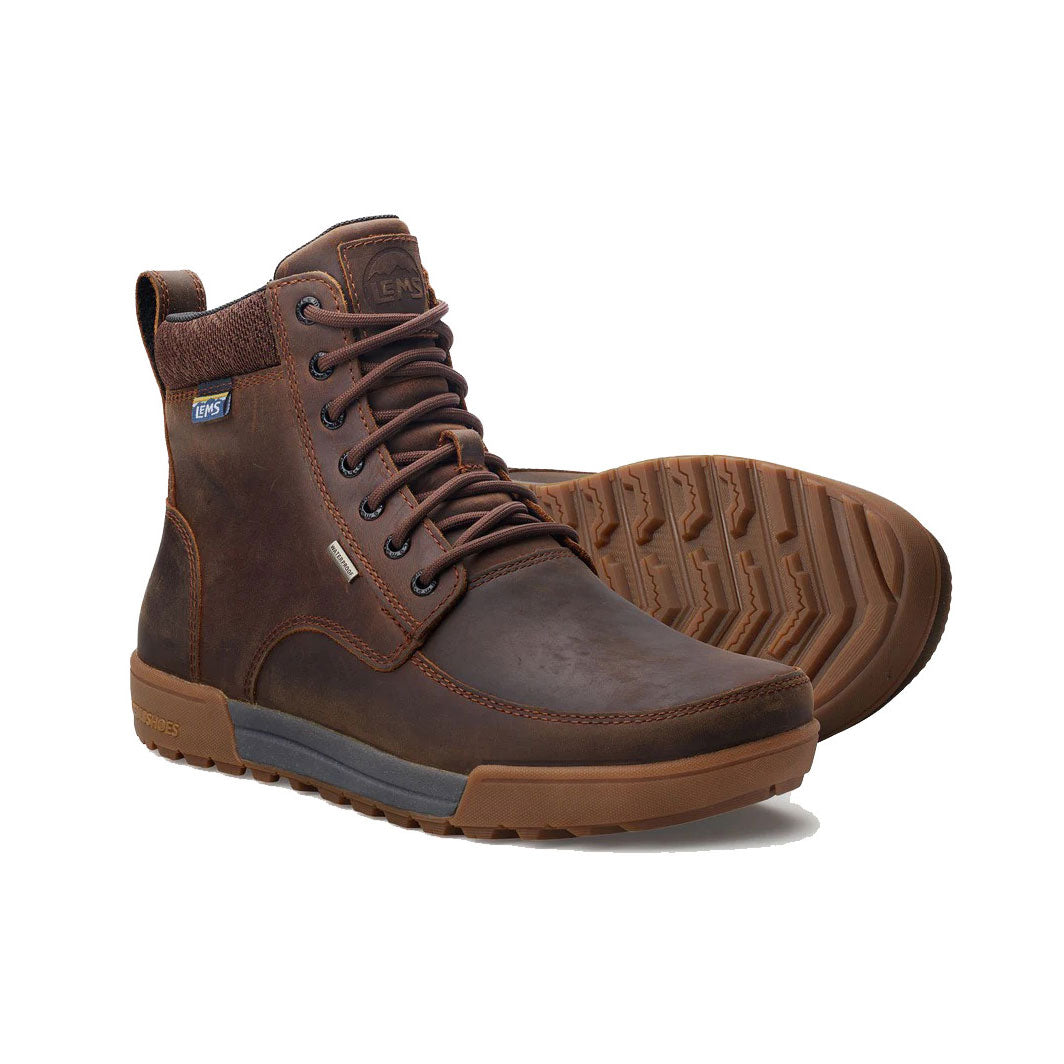Modern Footwear and the Hidden Foot Health Crisis
Traditional shoes may look stylish and supportive, but many are quietly compromising the natural form and function of your feet. From pointed toes to rigid soles, the features we’ve come to associate with “quality” shoes are often the very things contributing to widespread foot pain, poor posture, and muscular weakness.
At Bprimal, we believe in going back to our roots—literally. We’re here to reconnect your feet with their natural rhythm, helping restore strength, mobility, and comfort from the ground up. But first, let’s explore how everyday footwear may be reshaping your body in all the wrong ways.
How Conventional Shoes Affect Foot Shape and Function
Most modern shoes are designed with fashion or shock absorption in mind—not with foot anatomy or long-term health. Over time, wearing conventional shoes can lead to significant structural changes in your feet and legs. Here’s how:
Narrow Toe Boxes
Many dress shoes, heels, and athletic sneakers feature a tapered toe box. This design pushes the toes inward, compressing them over time and leading to misalignments. As the toes are forced into unnatural positions, this can contribute to bunions, hammertoes, and neuromas. In severe cases, the damage becomes permanent and painful, requiring therapy or even surgery.
Elevated Heels
A raised heel, even if subtle, shifts your body’s centre of gravity forward. This unnatural position increases pressure on the forefoot and alters your posture and movement patterns. As a result, the knees, hips, and lower back absorb more strain, and your body compensates with imbalances that ripple up the kinetic chain.
Rigid, Supportive Soles
While arch support and motion control features are often marketed as beneficial, they actually weaken your intrinsic foot muscles by reducing the need for them to do their job. Your feet become reliant on external support, which can reduce arch height, restrict mobility, and increase the likelihood of long-term dysfunction.
Thick Cushioning and Lack of Ground Feel
Our feet are equipped with thousands of sensory receptors that help us adapt to the ground beneath us. Thick soles and heavy cushioning reduce proprioception—your body’s sense of where it is in space. Without this feedback, your balance and coordination suffer.
What a Healthy Foot Really Looks Like

A healthy, functional foot is wide at the toes, with visible toe separation and a naturally formed arch. It allows for full toe splay, grip, and independent movement. This shape supports strong posture, better balance, and injury prevention.
Contrast that with a typical adult foot that has been shaped by decades of narrow and restrictive footwear. You’ll often see compressed toes, weakened arches, and limited range of motion—conditions that are now considered "normal," but are actually the result of footwear interference.
The Long-Term Effects: More Than Just Foot Pain
The damage done by conventional shoes goes far beyond blisters or sore soles. Over time, these distortions in foot shape can lead to:
-
Collapsed arches and flat feet
-
Plantar fasciitis and chronic heel pain
-
Toe deformities, such as bunions and hammertoes
-
Reduced mobility in the ankles and knees
-
Postural imbalances that affect the entire body
These issues don’t just impact athletes or older adults. Many people in their 20s and 30s are already experiencing chronic foot discomfort simply from years of wearing unsupportive, poorly shaped footwear.
Bprimal’s Approach: Shaped by Nature
At Bprimal, our barefoot shoes are designed to restore the natural function and shape of your feet. They feature:
-
A wide, foot-shaped toe box for unrestricted toe splay
-
Zero-drop soles to support proper alignment
-
Flexible, lightweight construction for full mobility
-
Minimal cushioning to maintain ground connection
These elements allow your feet to move and strengthen as nature intended, reducing the risk of long-term dysfunction while maximising comfort and performance.
Where to Start: Transitioning to Barefoot Shoes

If you’re ready to undo the effects of conventional shoes, it’s important to transition gradually. Start by wearing barefoot shoes for short periods, and increase your wear time as your muscles adapt.
Explore these Bprimal favourites to begin your barefoot journey:
-
Men’s Barefoot Sneakers: Ideal for walking, everyday wear, and functional movement.
-
Men's Sandals: Great for warm weather and allowing your toes to breathe freely.
-
Mens Boots: Perfect for cooler days when you still want natural movement and wide toe space.
-
Toe Spacers: Help gently realign your toes back to their natural position.
-
Massage Therapy Tools: Release tight fascia and restore mobility in your feet and lower legs.
For those looking for additional comfort, our Bprimal Toe Socks and Metatarsal Pads provide gentle support without restricting natural function.
Final Thoughts: Your Feet Deserve Better
Conventional shoes may be the norm, but they aren’t supporting your long-term health. In fact, they’re often working against it. By understanding the true effects of traditional footwear—and making mindful changes—you’re not just protecting your feet. You’re supporting your entire body’s wellbeing.
Step into foot freedom with Bprimal and feel the difference from the ground up.
Explore our full collection of foot-friendly footwear and gear to start your natural movement journey today.



